The idea is to isolate the smallest area around the values via cropping:

You can then use the x0 position of each word as your vertical line.

You can pass the lines to table settings via explicit_vertical_lines which will give back empty strings for the "blank" cells.
col1.extract_text()='406831 DJ20N\n1000 NERO'
MBELT W.40 GG MAR DOLLAR PIGPRINT
['60', '65', '70', '75', '80', '85', '90', '95', '100', '105', '110', '115', '120']
['', '', '0', '0', '2', '6', '10', '10', '10', '2', '2', '', '']
col3.extract_text()='42 218.00 9,15\n9,156.0'
col1.extract_text()='414516 0YA0G\n1000 BLACK'
MBELT W.30 GG MAR. PLUTONE CALF
['65', '70', '75', '80', '85', '90', '95', '100', '105', '110', '115', '120', '135']
['0', '0', '0', '2', '6', '15', '15', '15', '2', '2', '0', '0', '']
col3.extract_text()='57 205.00 11,6\n11,685.0'
col1.extract_text()='406831 0YA0G\n1000 BLACK'
MBELT W.40 GG MAR PLUTONE CALF
['60', '65', '70', '75', '80', '85', '90', '95', '100', '105', '110', '115', '120']
['', '', '', '', '', '2', '2', '2', '2', '2', '1', '', '']
col3.extract_text()='11 218.00 2,39\n2,398.0'
col1.extract_text()='627055 92TIN\n9769 B.EBONY/NERO'
MBELT W.37GG M.R T.GG SUPREME/PLUTONE CALF
['60', '65', '70', '75', '80', '85', '90', '95', '100', '105', '110', '115', '120']
['', '', '', '', '', '3', '3', '3', '3', '3', '1', '', '']
col3.extract_text()='16 244.00 3,90\n3,904.0'
There are various ways you could approach this, but the steps I've used here are:
- use Description header line to identify the "top" of the rows if present
- split into rows based on the thick/dark horizontal lines
- split each row into columns based on vertical lines within row
- use the method above for creating a table from column 2
These are the horizontal lines we can use to split into rows:
These are the vertical lines we can use to divide the columns:

import itertools
# First thick horizontal line that span > width % of page
product_line = next(
line for line in page.horizontal_edges
if line['orientation'] == 'h'
and line['linewidth'] > 1
and line['width'] > page.width / 1.25
)
# Search for Description
description = page.search('Description/Size Quantity Qty Price Value')
has_description = len(description) > 0
# If there is a description we crop there, else we use the line divider
if has_description:
description = description[0]
product_area_top = description['bottom'] + 10
product_area = page.crop(
(product_line['x0'], product_area_top, product_line['x1'], page.height)
)
else:
product_area_top = product_line['top']
product_area = page.crop(
(product_line['x0'], product_area_top, product_line['x1'], page.height)
)
# find horizontal lines for rows
hlines = [
line['top'] for line in product_area.edges
if line['orientation'] == 'h'
and line['stroking_color'] == (0, 0, 0)
and line['width'] > product_area.width / 1.25
]
# If there is no description on the page we need to add in the top as the first line (in order to extract row 1)
if has_description is False:
hlines = [product_area_top] + hlines
# Make sure our lines are sorted from top -> bottom
hlines = sorted(set(hlines))
for top, bottom in itertools.pairwise(hlines):
row = product_area.crop(
(product_area.bbox[0], top, product_area.width, bottom)
)
# vertical lines to create columns
vlines = [
line['x0'] for line in row.vertical_edges
if line['object_type'] == 'line'
]
# we need to add an end line to extract last column
vlines = sorted(vlines + [row.width])
col1 = row.crop((vlines[0], top, vlines[1], bottom))
col2 = row.crop((vlines[1], top, vlines[2], bottom))
col3 = row.crop((vlines[2], top, vlines[3], bottom))
lines = col2.extract_text_lines()
# lines 1-2 are the values, use their positions to crop
bbox = lines[1]['x0'], lines[1]['top'], lines[-1]['x1'], lines[-2]['bottom']
values = col2.crop(bbox)
# use start of each word as a vertical line edge
vlines = [word['x0'] for word in values.extract_words()]
table = values.extract_table(dict(
explicit_vertical_lines = vlines
))
print(f'{col1.extract_text()=}')
print(lines[0]['text'], table[0], table[1], sep='\n')
print(f'{col3.extract_text()=}')
You may be able to extract the other values simply from the text extraction methods, or you could use a similar cropping technique on col1, col3.
